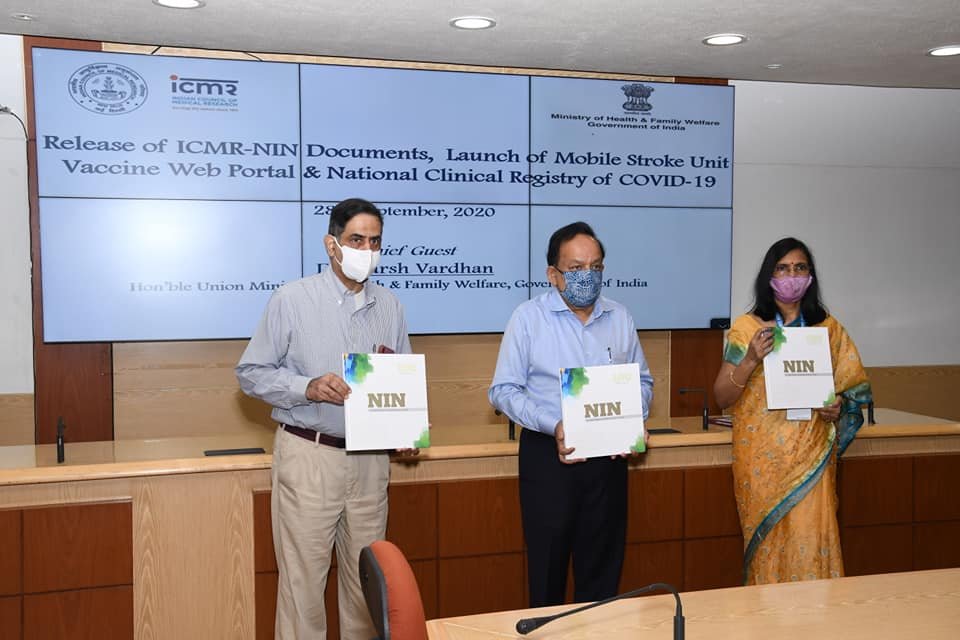Inside BENEO’s new pulse plant: pioneering sustainable protein from faba beans
The Recommended Dietary Allowances (RDAs) are revisited and revised from time to time
Dr Harsh Vardhan, Union Minister for Health & Family Welfare has released the ‘Nutrient Requirements for Indians’ and ‘What India Eats’ report apart from launching a new participatory research initiative to map the nutrition and health status dietary habits of people across the nation, at a function held in the Indian Council of Medical Research (ICMR), New Delhi recently.
The Hyderabad based, ICMR-National Institute of Nutrition (ICMR-NIN) has been the nodal agency for recommending the dietary allowances and nutrient requirements for Indians. The Recommended Dietary Allowances (RDAs) are revisited and revised from time to time in view of the changing food habits, physical activity patterns, nutrition transition and health status of various groups.
This version called the Nutrient Requirements for Indians, for the first time includes the Estimated Average Requirements (EAR) and also the Tolerable Upper Limits (TUL) of nutrients alongside RDAs.
While RDAs are daily dietary nutrient intake levels which would be sufficient to meet the nutrient requirements of nearly all healthy individuals, EARs are the average daily nutrient intake levels of population. These recommendations are the basis for defining the nutrient levels in policies and programs.
Another key initiative being spearheaded by ICMR-NIN which was launched by the Minister was the proposal on ‘Mapping of nutrition and health status – A national level participatory real-time data generation programme. This programme aims to develop a mobile based device used by nutrition researchers at district level nationwide in the present pandemic situation.
The Minister also released a book on “100 years History of ICMR-NIN” commemorates and highlights all the milestones of the Institute in its 100 year long journey from its modest beginnings in Conoor, Tamil Nadu in 1918 as a Beri Beri Enquiry Unit to the colossal Institute that it is today.

